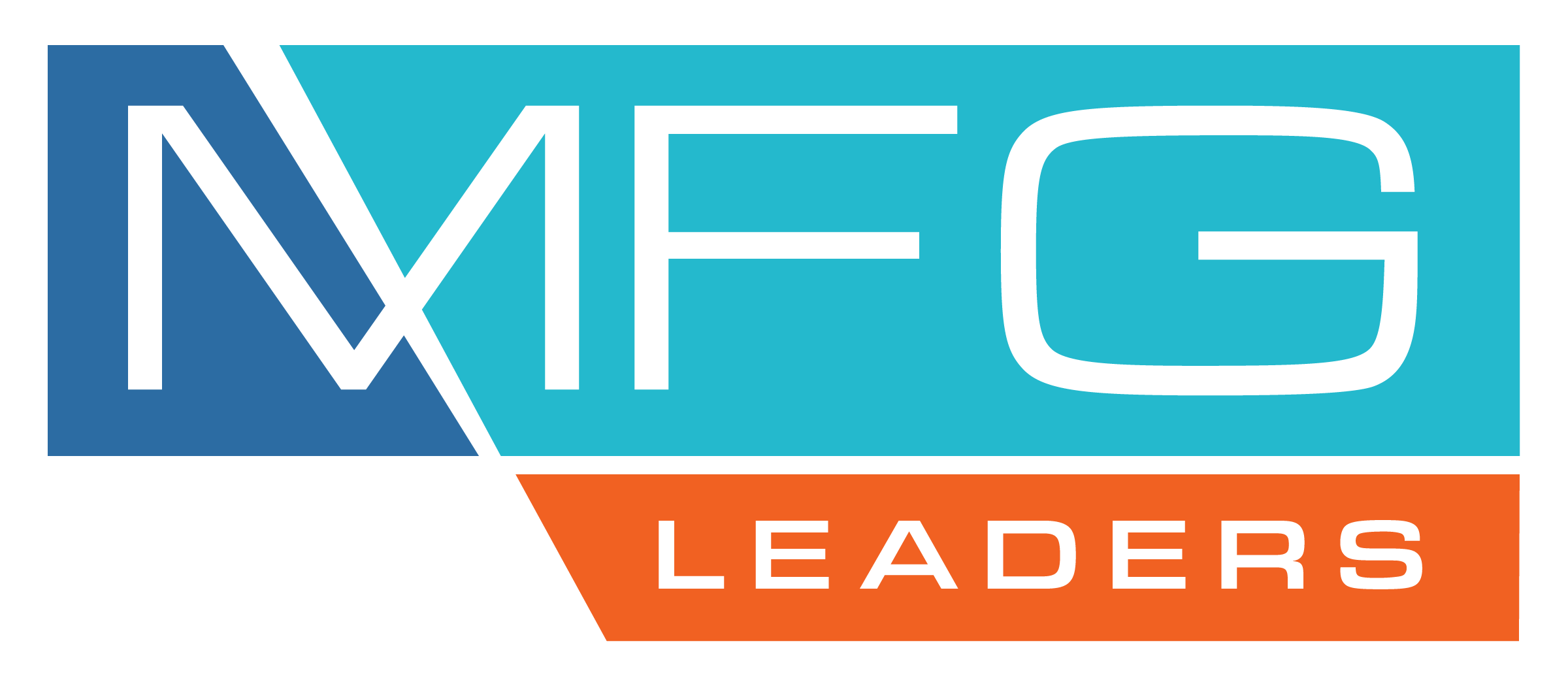article 3 of 5
Introduction
As U.S. manufacturing rebuilds, the stakes for executives are higher than ever. But do you truly understand what defines your marketability in this landscape? Marketability isn’t just about titles or years of experience—it’s about driving growth, leading innovation, and adapting to new challenges. Many executives overlook this crucial aspect, risking stagnation as the industry progresses.
Has your industry marketability kept pace over the past year? Understanding and improving your marketability is essential to remaining competitive as U.S. manufacturing enters a new era of growth. This article will help you recognize your current marketability and provide actionable steps to enhance it.
Key Insight: In today’s manufacturing landscape, value creation is the new measurement for executive performance and marketability. Excelling within a single industry or relying on past achievements is no longer enough. Your ability to drive growth, foster innovation, and create tangible value across sectors will determine whether you remain a sought-after people leader or become overlooked.
Overview of Discreet Executive Transitions (DET): DET partners with high-performing manufacturing executives to confidentially secure new leadership opportunities. Unlike traditional methods—such as responding to job ads or working with headhunters—DET offers a no-cost alternative focusing on value creation. Our approach breaks down one-industry barriers by marketing talent across sectors, matching value creation with strategic needs. Due to our commitment to confidentiality and quality, we operate with limited capacity and are highly selective in choosing participants.
Evaluating True Executive Marketability
Proven Expertise: With over 30 years of manufacturing experience, I’ve had the unique opportunity to sit on both sides of the hiring desk—as an HR executive and as the owner of an executive search firm. My experience spans four continents with over 650 successful placements, providing a deep understanding of what drives executive marketability in today's competitive landscape.
Dispelling Marketability Myths: Despite the rapidly changing landscape, many executives still hold outdated beliefs about what makes them marketable. Here are common myths that can undermine marketability:
- Myth: Industry Tenure Equals Marketability - Reality: While long-term experience in a single industry was once highly valued, it can now be a limitation. Versatility and cross-sector skills are often more valuable than tenure alone.
- Myth: Technical Expertise Is the Most Important Factor - Reality: Technical expertise is crucial but not the only driver of marketability. Leadership, strategic vision, and the ability to drive innovation are equally, if not more, important.
- Myth: Past Success Guarantees Future Opportunities - Reality: Relying on past achievements can be detrimental to marketability. Companies seek leaders who can navigate new challenges and drive future success.
- Myth: Marketability Is Static and Can’t Be Improved - Reality: Marketability is dynamic and can be significantly enhanced through strategic actions. Seeking opportunities to transfer knowledge and skills across different processes and sectors broadens expertise and demonstrates adaptability.
- Myth: Traditional People Leadership Styles Are Sufficient - Reality: The manufacturing landscape has evolved, with a greater emphasis on collaborative and agile people leadership. Executives who cling to traditional approaches may struggle to remain marketable.
Recognizing and addressing these misconceptions is the first step toward enhancing your marketability and staying competitive in today’s manufacturing industry.
Understanding and Articulating Value Creation
Defining Value Creation in Executive Contexts: Value creation in an executive context goes beyond hitting financial targets; it's about driving transformative change within an organization. This includes introducing innovative processes, improving operational efficiencies, enhancing customer experiences, and fostering a successful culture of continuous improvement. Executives who excel at value creation contribute to long-term strategic goals, positioning their companies for sustainable growth. Their worth is measured by individual achievements and the broader impact of their leadership.
The "Good, Better, Best" Framework for Competitive Positioning: The "Good, Better, Best" framework is a powerful tool for evaluating and articulating contributions. Consider the "On-Time Delivery Rate" (OTD), a critical metric in manufacturing.
- Good: “Met the industry standard for OTD, ensuring most orders are delivered on time.”
- Better: “Improved the OTD standard by optimizing logistics, streamlining production, increasing on-time deliveries, and reducing late shipments.”
- Best: “Redefined the OTD standard by implementing cutting-edge technologies, boosting deliveries to near-perfect levels, setting new industry benchmarks, and increasing customer loyalty.”
By positioning yourself within this framework, you can clearly communicate your impact and differentiate yourself from other leaders.
Assessing Impact Across the Value Chain: To fully grasp your value creation, assess your impact across the entire value chain. Consider leveled production, a practice that can have far-reaching effects. By leveling production, a company can improve OTD rates by smoothing workflows, reducing bottlenecks, and minimizing downtime. This impacts product engineering by enabling more efficient scheduling and reducing changeover times. These benefits ripple down the value chain, reducing lead times and inventory levels and reinforcing the company’s lean management playbook.
Four Tips for Effectively Articulating Value Creation Stories: Articulating value creation requires clarity and context. Here are some tips:
- Use the "Good, Better, Best" Framework above: Categorize achievements to demonstrate progression and significance.
- Be Specific and Quantify Results: Use specific metrics to illustrate impact. For example, "I helped my team improved production efficiency by 15%, reducing costs by $2 million annually."
- Connect to Strategic Goals: Show how your actions advanced the company’s objectives, demonstrating your strategic thinking.
- Connect to Structured Problem-Solving or Manufacturing Technology: Link achievements to methodologies like PDCA, DMAIC, or 8D, or technology like 3D Printing, showcasing your ability to tackle complex challenges.
These tips are vital in how we present you through DET and will form the basis of exploratory interviews with hiring decision-makers. DET will assist you in preparing for these critical discussions, ensuring you can confidently convey your value-creation story.
